Can’t you just price your products based on costs and target profit margins? What’s the worst thing that could happen if you ignored competitor prices?
You’d have few people visiting your store and even fewer buying stuff. In other words, you’d lose sales. We understand that competitive pricing seems confusing, yet it meets the needs of online retailers.
If you’re ready, let’s break down what competitive pricing is. Explain it with a real-life examples, and discuss the benefits and drawbacks in the FAQ section.

Table of contents
What is competitive pricing / competitive price?
Competitive Pricing / Competitive Price refers to a pricing strategy where a business sets its product or service prices based on what competitors are charging. The goal is to offer prices that are either equal to, lower than, or slightly higher than competitors, depending on the company’s position in the market and the value it delivers.
This strategy allows businesses to stay relevant in highly competitive markets by ensuring their prices are attractive to customers who often compare options before purchasing. Competitive pricing often requires continuous monitoring of competitors’ pricing and stock levels to stay adaptable and maintain an advantage.
They do it because online shoppers compare prices before deciding where to buy.
As you can see in the image below, consumers have a path between triggers and purchase. Moreover, in this ‘messy middle’, consumers compare online prices. In order not to lose sales, ecommerce store owners must have competitive prices.
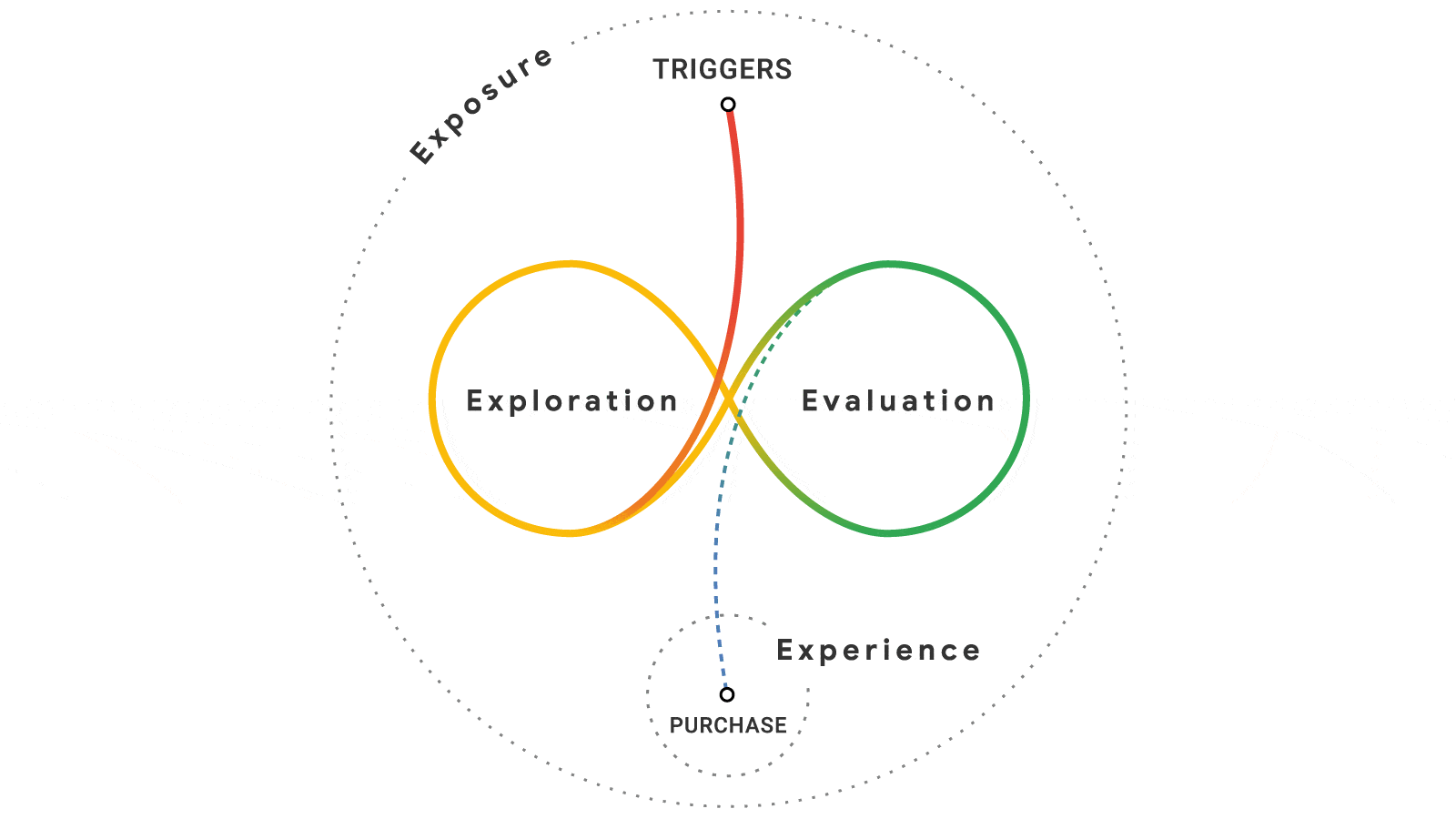
This is an example of four stores that implement this strategy. Also, that means they all keep track of each other’s prices to make sure their own offers are competitive.
As an online retailer, you have many competitors to keep track of. So you need a solid data collection system and a deeper pricing analysis.
What’s more, you must be able to respond immediately to competitors’ price changes.
Manually tracking 100 product prices from 10 competitor websites takes 12,5 hours, so we strongly advise price tracking automation, which will allow you to respond to market changes with competitive data.

Using a price tracking and dynamic pricing tool can give you many advantages. For example, you can opt for:
- The cheapest positioning in the market
- The average positioning where most competitors are clustered
- The highest price positioning, where luxury brands are clustered
So, the dynamic pricing rules you set determine where you’re positioned against competitors.
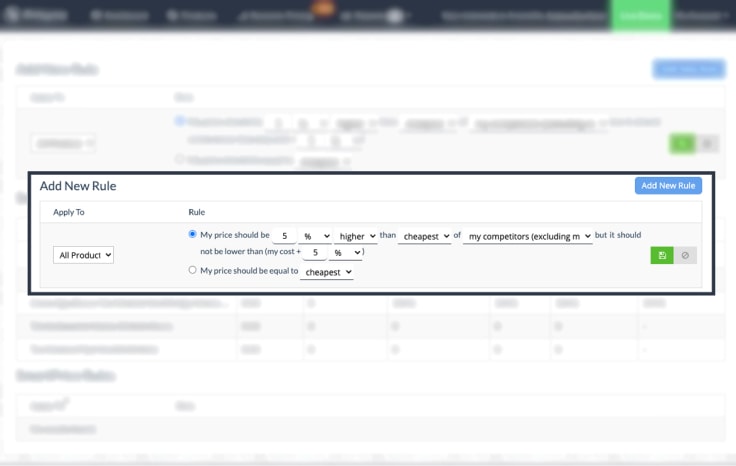
When you target high-end customers and offer premium products, it’s better to price above competitors. It’ll result in fat margins but also low conversions.
But if you want to target a large audience, you must offer competitive prices with market based pricing.
Of course, we are talking about two extremes, so there are thousands of different price points in between these positions.
Pursuing competitive pricing doesn’t mean fixing prices to a competitor’s. Rather, it means taking competitor prices as a major factor when testing out different price points.
Competitive pricing examples
Let’s say you own an online store that sells fitness trackers. You want to adopt a competitive pricing strategy to stay ahead of your rivals.
You notice that one competitor is selling a similar fitness tracker for $99, while another is offering it for $95. To remain competitive, you could:
- Match the lowest price: You could sell your fitness tracker for $95 to attract customers who are price-sensitive.
- Slightly undercut: You could set your price at $93, making your offer even more attractive while still maintaining a profit margin.
- Add more value: If you don’t want to lower your price, you could keep it at $99 but offer a free accessory or faster shipping, creating more value at a comparable price.
This strategy would ensure that your prices are competitive while aligning with your business goals and market position.
Also, like the one below, consumers can easily conduct a price search before buying anything, and nearly all do so. That’s why online stores track each other’s prices and try to remain competitive, taking market based pricing into consideration.
But not everyone wants to position it as the cheapest.
Take a look at the Fitbit below.
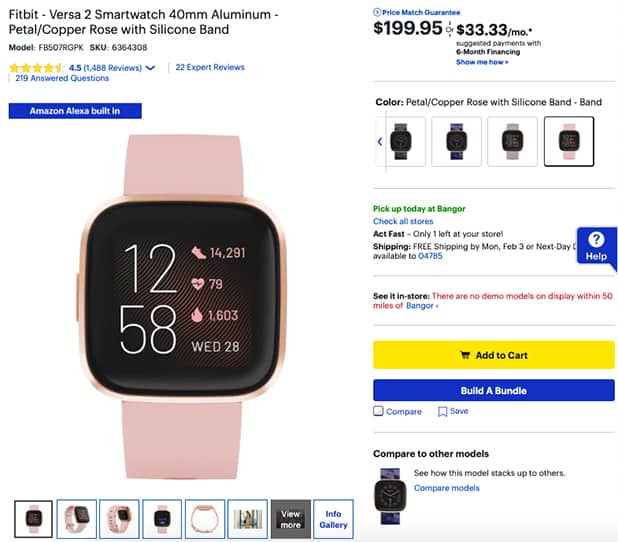
Now, look at a similar company that also sells wearable tech.
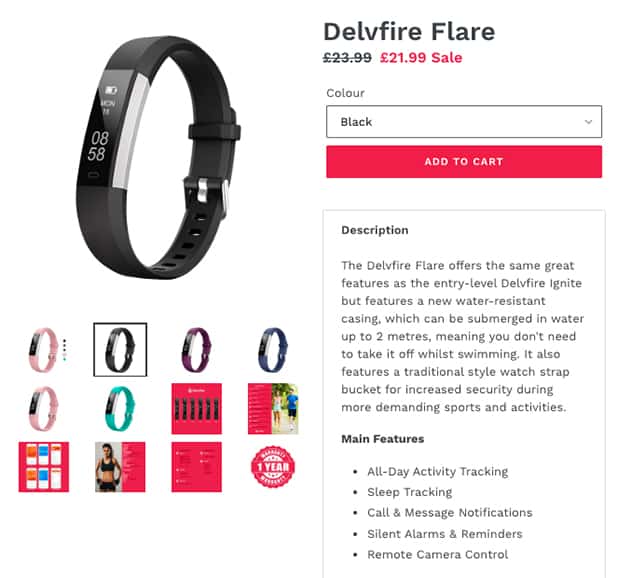
In this case, Fitbit is able to charge considerably more because they are an established brand. Thanks to powerful branding, consumers are willing to pay much more than they would for a competitor brand.
Consumers are searching for tools to compare prices before purchasing. That’s clear in how we’ve seen purchase behavior change over the years on Google Search. Search terms ‘cheap’ and ‘best’ on Google are shown below.
The interest for ‘best’ has more search interest than ‘cheap’. This supports the idea that sometimes being the cheapest is not the best option. Additionally, as online merchants, you need to be monitoring competitor prices, and take action according to it.
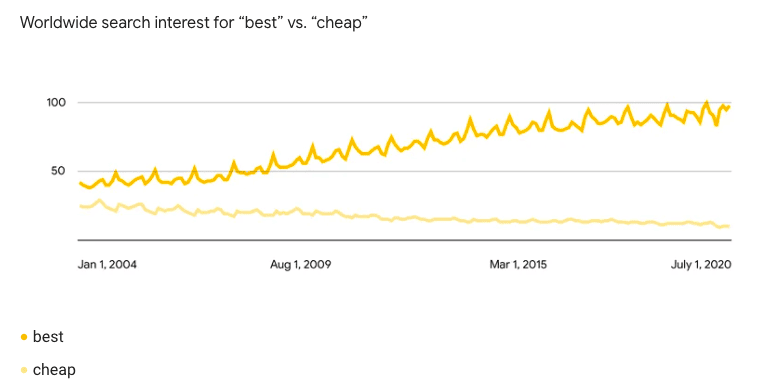
Frequently Asked Questions
Competitive Pricing refers to a pricing strategy where a business sets its product or service prices based on what competitors are charging.
Let’s say you notice that one competitor is selling a similar fitness tracker for $99, while another is offering it for $95. To remain competitive, you can:
–Match the lowest price: You could sell your fitness tracker for $95 to attract customers who are price-sensitive.
–Slightly undercut: You could set your price at $93, making your offer even more attractive while still maintaining a profit margin.
–Add more value: If you don’t want to lower your price, you could keep it at $99 but offer a free accessory or faster shipping, creating more value at a comparable price.
Competitive pricing is a strategy where a product’s price is set in line with competitor prices. A real-life example is Amazon’s pricing of popular products. The retail giant gathers competitive price intelligence and utilizes competitive data to offer the cheapest price in the market.
You’ll have total control over your positioning.
The competitive intelligence you’ll gather will reveal competitor strategies, which will help you make better decisions in the long term.
If you integrate it with the dynamic pricing strategy, you’ll be testing numerous price points and maximizing profits without losing your competitive strength.
Competing solely on price might grant you a competitive edge for a while, but you must also compete on quality and work on adding value to customers if you want long-term success.
If you base your prices solely on competitors, you might risk selling at a loss. Instead, combine several strategies in line with your business objectives.
Pricing competition refers to the strategy where businesses adjust their prices to match or undercut competitors, aiming to attract more customers. It often leads to price wars but can also encourage innovation and value-added services to maintain market share.


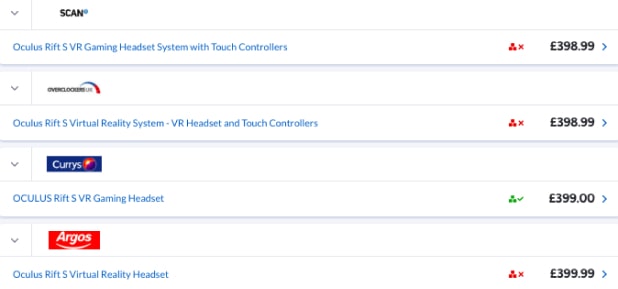
Comments (3)
erin
19.11.2018Please email me for extra details on marketing and pricing strategy’s
Emilia Jazz
06.09.2019Great article. With a comprehensive pricing intelligence program in place, you can create a pricing strategy that is effective and dynamic. I mentioned before that the wrong pricing strategy can translate to either loss of revenue or loss of reputation.
sharan
01.07.2022yeah great article, i’m seeing this from bangaluru, south india.
Comments are closed.